Herzog & de Meuron and Purcell transform Hong Kong prison into Tai Kwun cultural hub
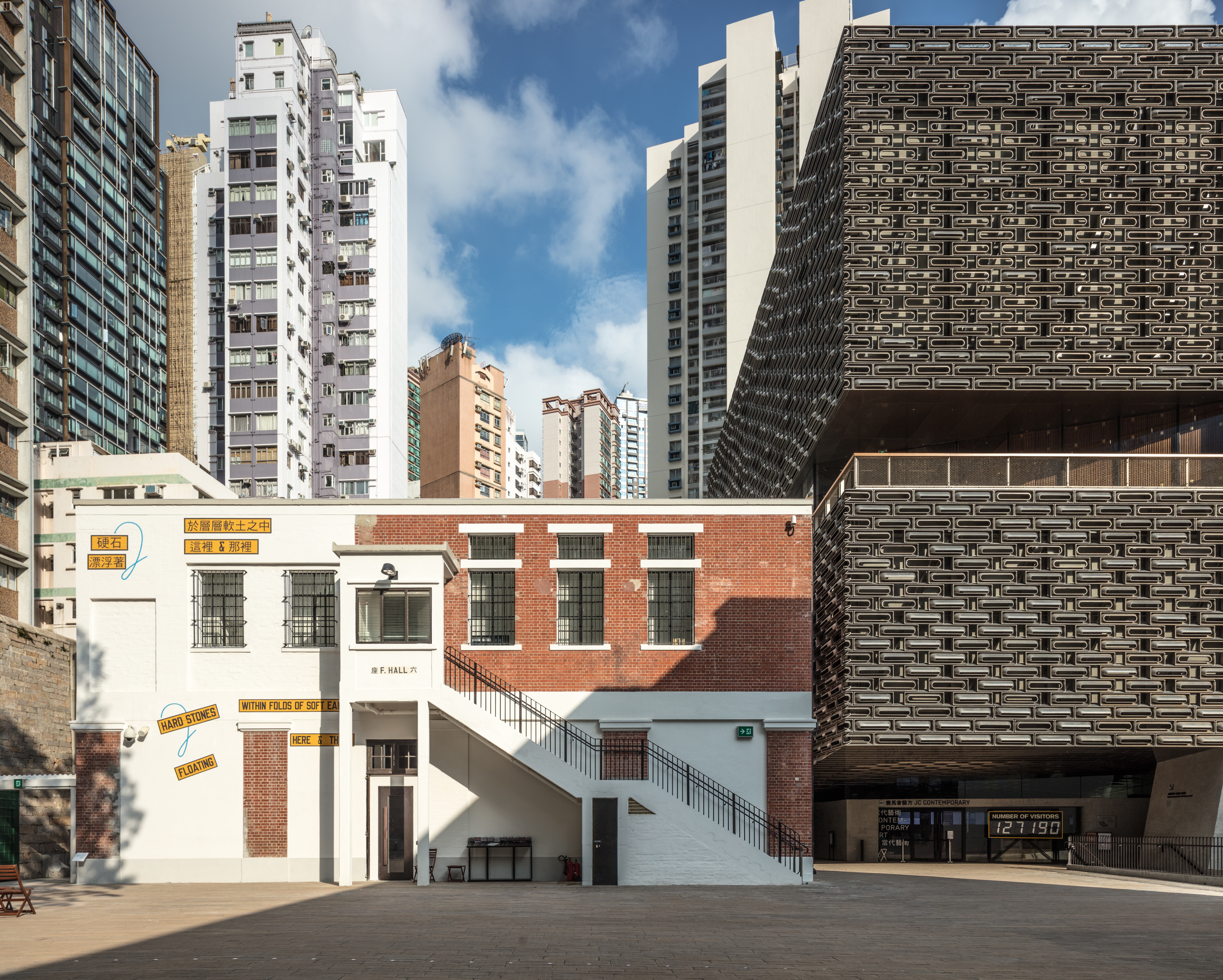
A police station, magistracy and prison are probably the last places on most people’s ‘must see’ cultural hotspots list, yet this week the former Police Headquarters compound in Hong Kong has been unveiled as a new, non-profit, cultural hub called Tai Kwun, meaning ‘Big Station’. The ambitious plan is unusual because centrally located sites are usually snapped up for high-rise commercial use, and this 300,000sq ft compound is only a few minutes’ walk from the city’s prime financial district.
Swiss architects Herzog & de Meuron, who are also responsible for designing Hong Kong’s M+ museum of visual culture (opening in 2020), worked with conservation architects Purcell to revitalise 16 historic buildings built around a prison yard and parade ground dating between 1864 and 1925. Three of the buildings are declared monuments and the whole site is steeped in history; Ho Chi Minh was imprisoned there in the 1930s and it was a Japanese army base during the Second World War. The site was decommissioned in 2006, but much of it has been retained intact, including the prison cells with their original numbers and locks.
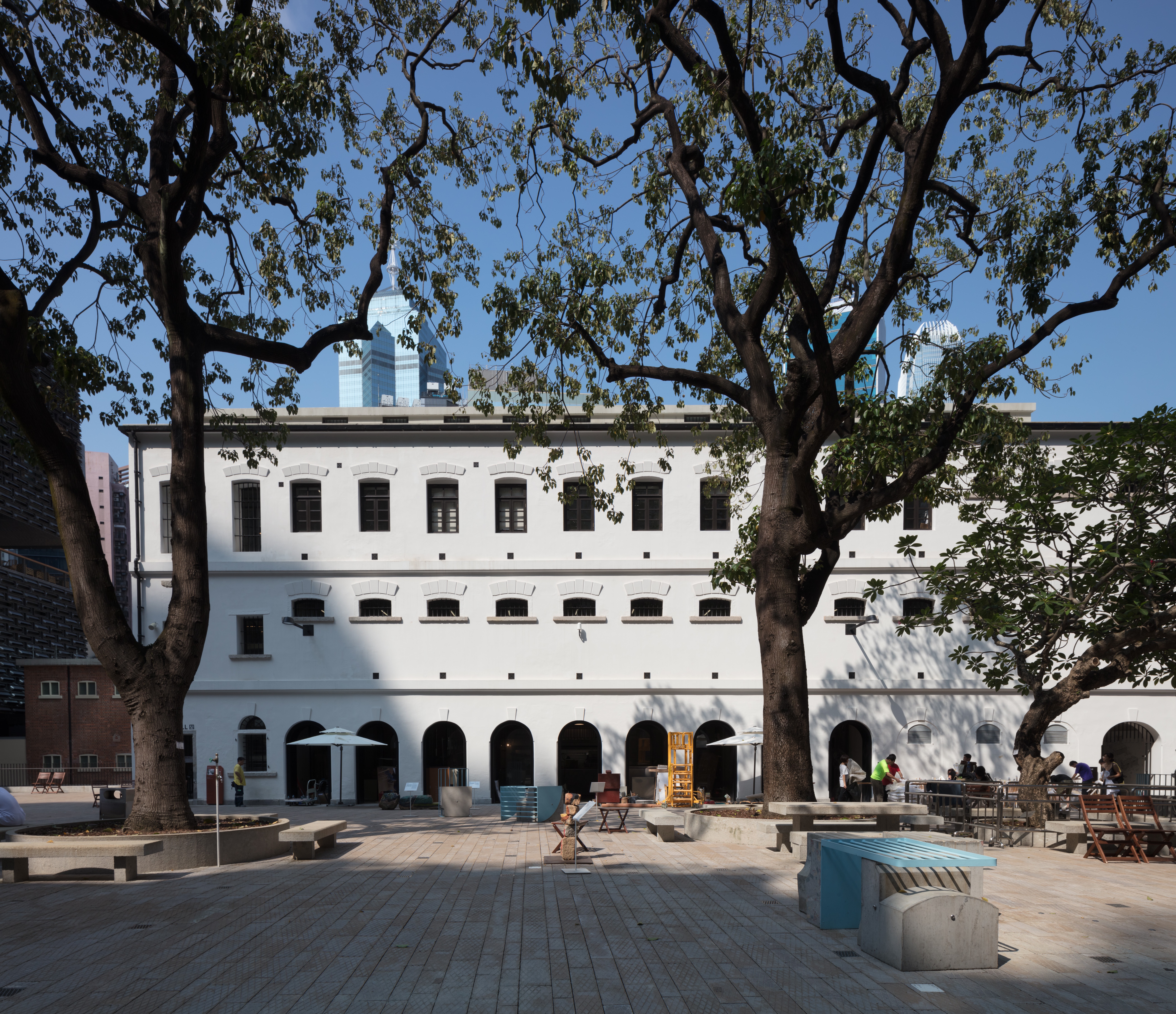
The project’s aspects that involved building conservation and adaptive reuse were led by expert architects Purcell.
The decade-long joint venture project is led by the Hong Kong Jockey Club in partnership with the Hong Kong Government. The designers have inserted two bold contemporary buildings in the complex; a gallery for contemporary art and a cube-shaped 200-seat auditorium for the performing arts, film screenings and events. Both are clad in monumental perforated aluminium bricks that stand out among the existing buildings’ handsome granite and brick facades.
The Tai Kwun Contemporary not-for-profit art space will host six to eight exhibitions a year, starting with a group show titled ‘Dismantling the Scaffold’ (opening 9 June) and an exhibition of Chinese medicine-inspired works by local artist Wing Po So.
‘We shift perspective from a European point of view to a Hong Kong view,’ says Tobias Berger, Tai Kwun’s head of arts. ‘It is the connection between heritage and contemporary that is important: the buildings are seamlessly connected and you see that also in our mentality.’ Elsewhere, an exhibition titled ‘100 Faces of Tai Kwun’ gives an intriguing glimpse into the history of the compound and its neighbourhood.
Finding one’s way through the various spaces is satisfyingly clear thanks to a new lane through the centre of the site linking the buildings. Restaurant offerings on site include the Café Claudel bistro, and a ‘Cha Chaan Teng’ neighbourhood-style teahouse by Tsui Wah. All eyes, however, are on the mid-June opening of local dining maven Yenn Wong’s Old Bailey, serving Jiangnan cuisine.
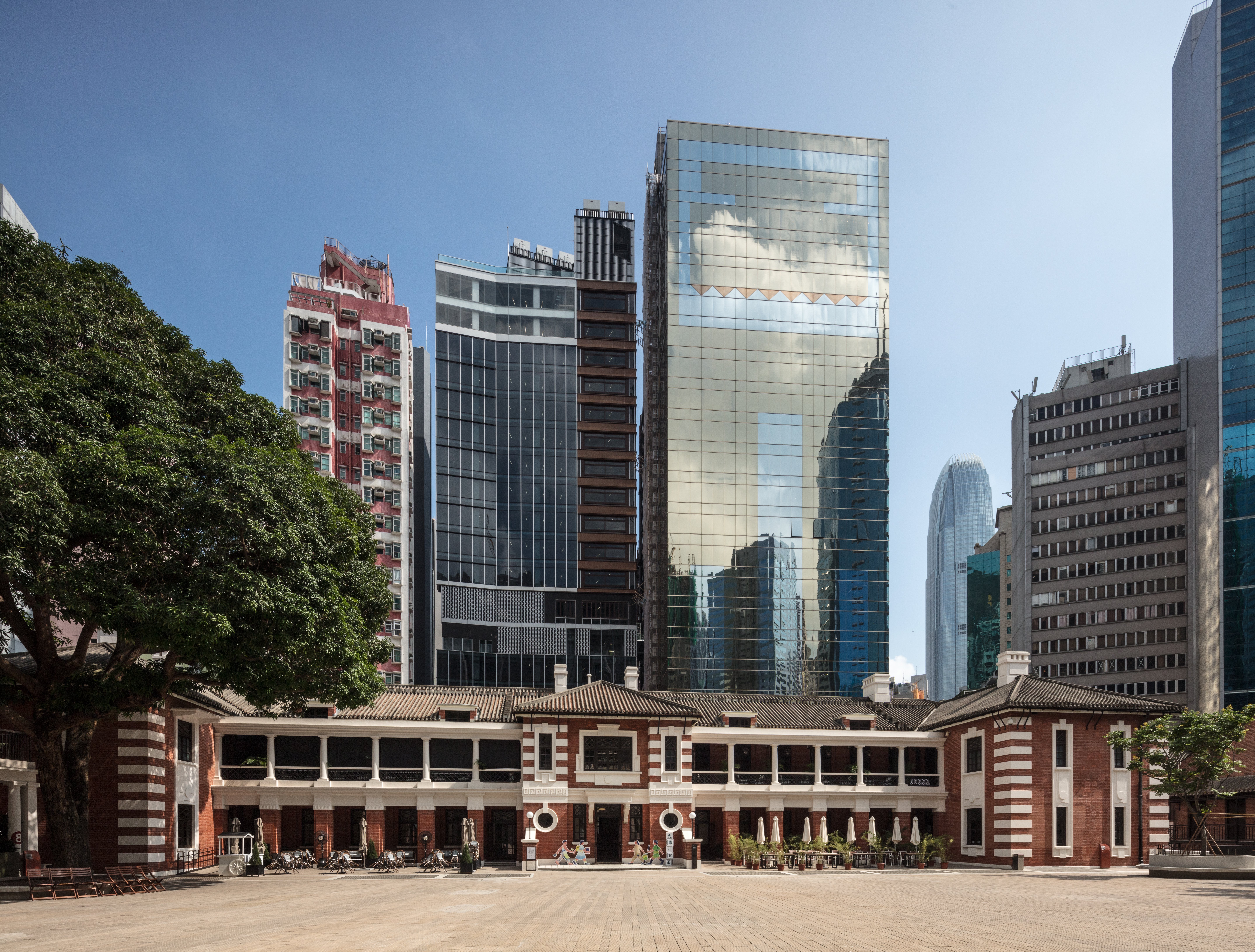
The exterior of the former prison compound in Hong Kong, redesigned into the brand new Tai Kwun cultural hub by Herzog & de Meuron and Purcell.
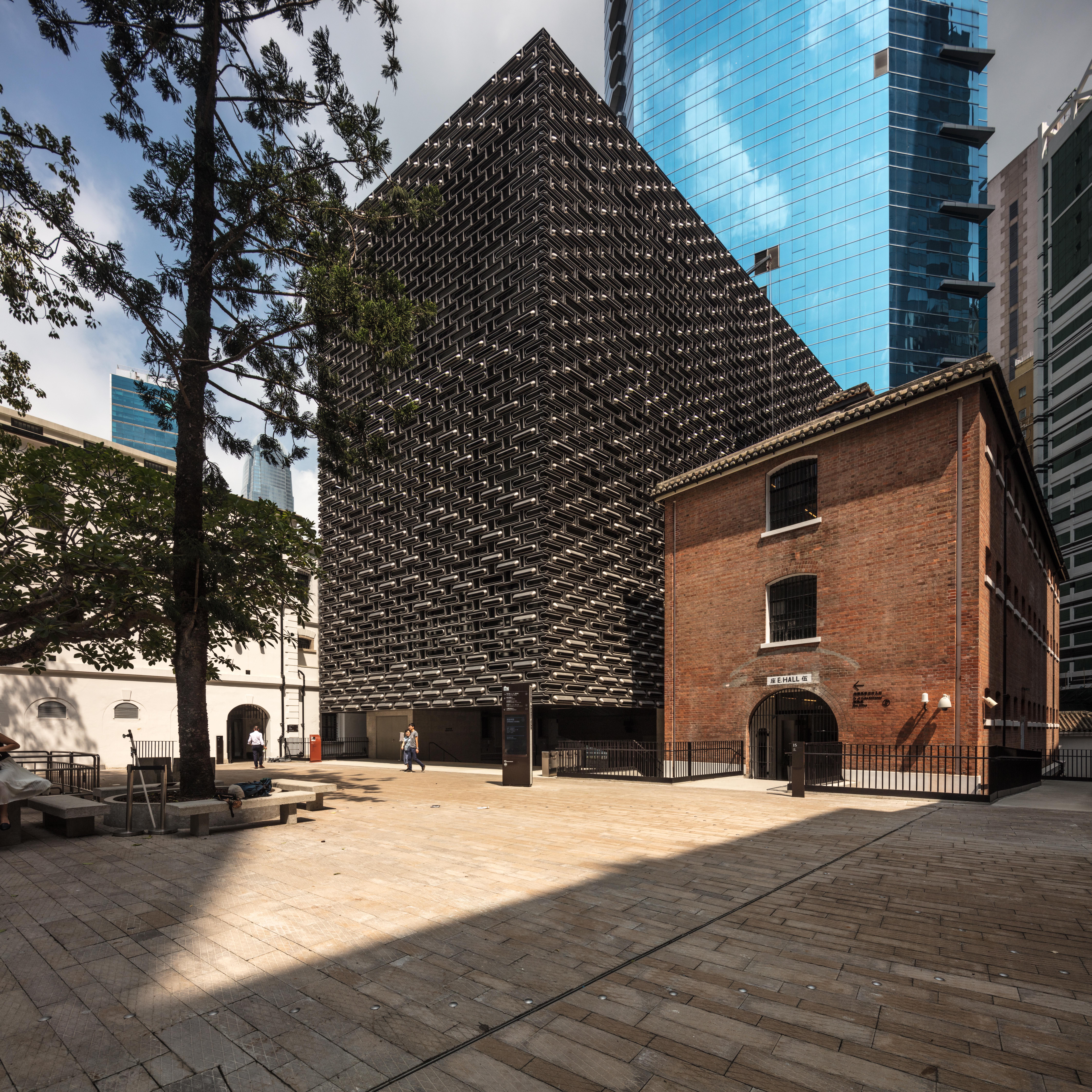
Completed in 1919, the Police Headquarters Block is one of the most impressive heritage buildings in the Tai Kwun complex.

JC Contemporary, housed in a brand new Herzog & de Meuron design, includes exhibition spaces, a viewing terrace and a restaurant.
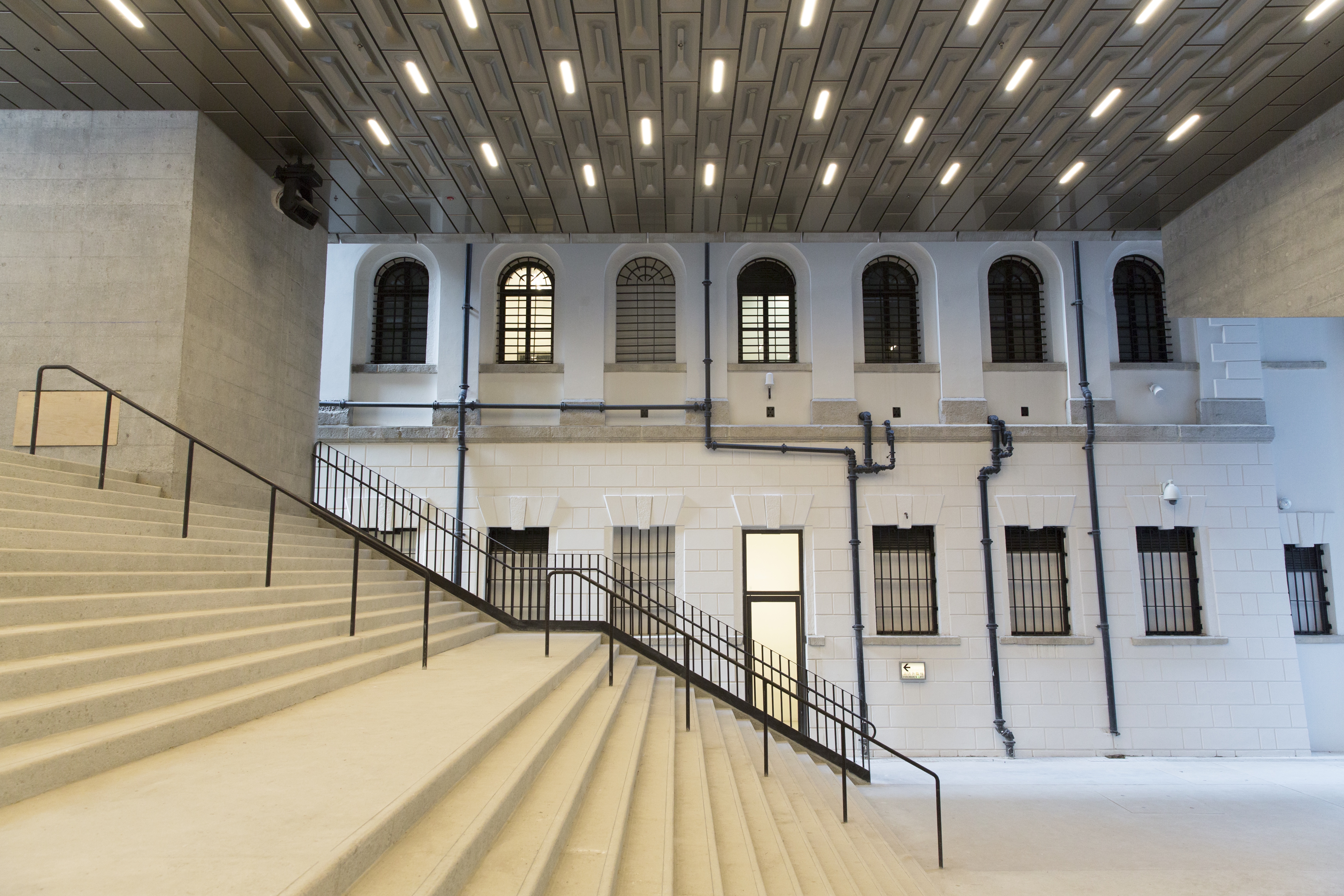
The Laundry Steps sit where the actual prison laundry workshop used to be. The area now becomes space for performances.

The complex’s D Hall has served various functions in the past, such as a female prison and a hospital. It now houses heritage storytelling spaces, a restaurant, and back-of-house facilities.
INFORMATION
For more information visit the Herzog & de Meuron website
Receive our daily digest of inspiration, escapism and design stories from around the world direct to your inbox.
Catherine Shaw is a writer, editor and consultant specialising in architecture and design. She has written and contributed to over ten books, including award-winning monographs on art collector and designer Alan Chan, and on architect William Lim's Asian design philosophy. She has also authored books on architect André Fu, on Turkish interior designer Zeynep Fadıllıoğlu, and on Beijing-based OPEN Architecture's most significant cultural projects across China.
-
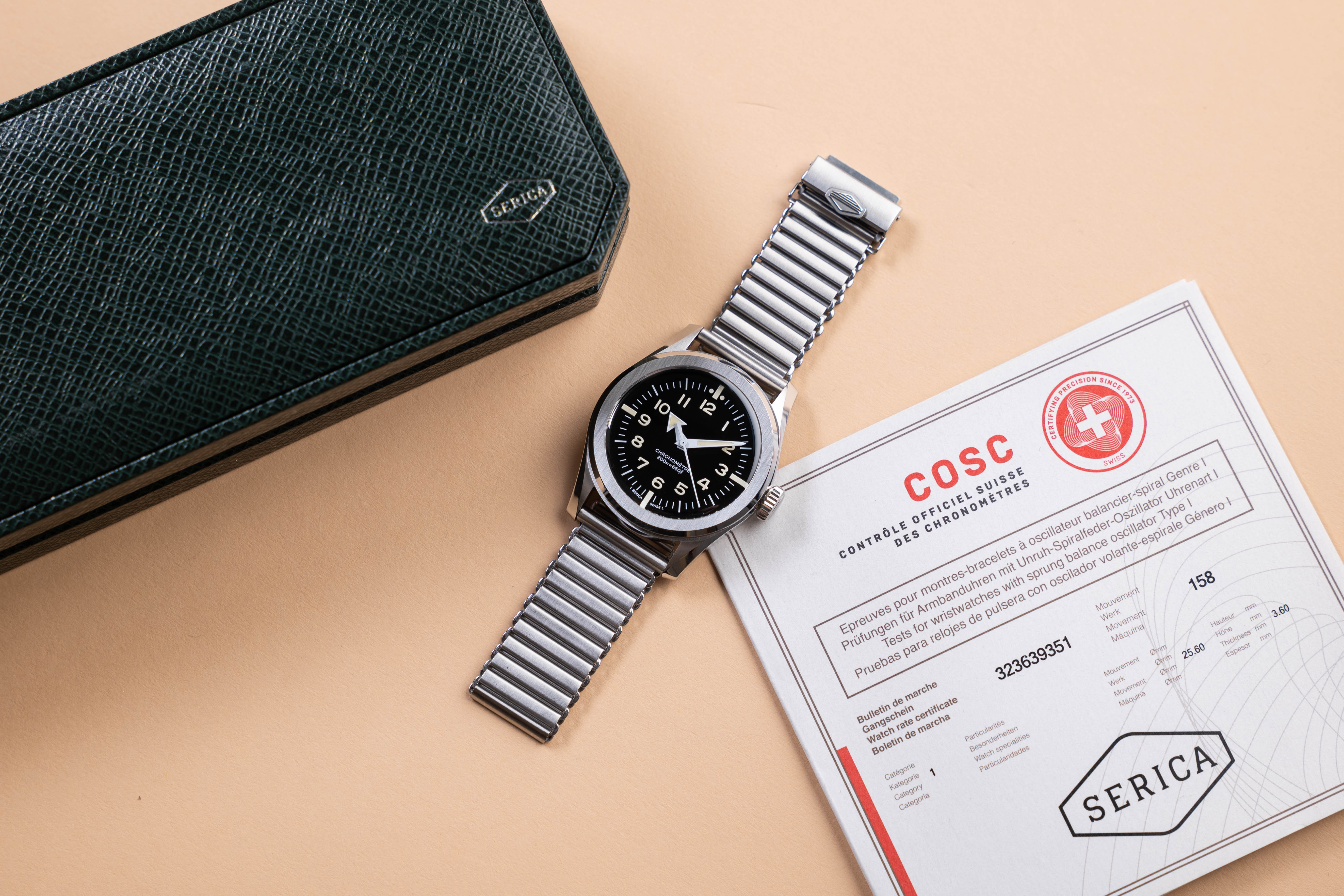 Click to buy: how will we buy watches in 2026?
Click to buy: how will we buy watches in 2026?Time was when a watch was bought only in a shop - the trying on was all part of the 'white glove' sales experience. But can the watch industry really put off the digital world any longer?
-
 Don't miss these art exhibitions to see in January
Don't miss these art exhibitions to see in JanuaryStart the year with an inspiring dose of culture - here are the best things to see in January
-
 Unmissable fashion exhibitions to add to your calendar in 2026
Unmissable fashion exhibitions to add to your calendar in 2026From a trip back to the 1990s at Tate Britain to retrospectives on Schiaparelli, Madame Grès and Vivienne Westwood, 2026 looks set to continue the renaissance of the fashion exhibition
-
 Discover The Legacy, Hong Kong’s eye-catching new condo
Discover The Legacy, Hong Kong’s eye-catching new condoThe Legacy, by ACPV Architects Antonio Citterio Patricia Viel, is a striking new condo tower that aims to ‘create a sense of community and solidarity among people’
-
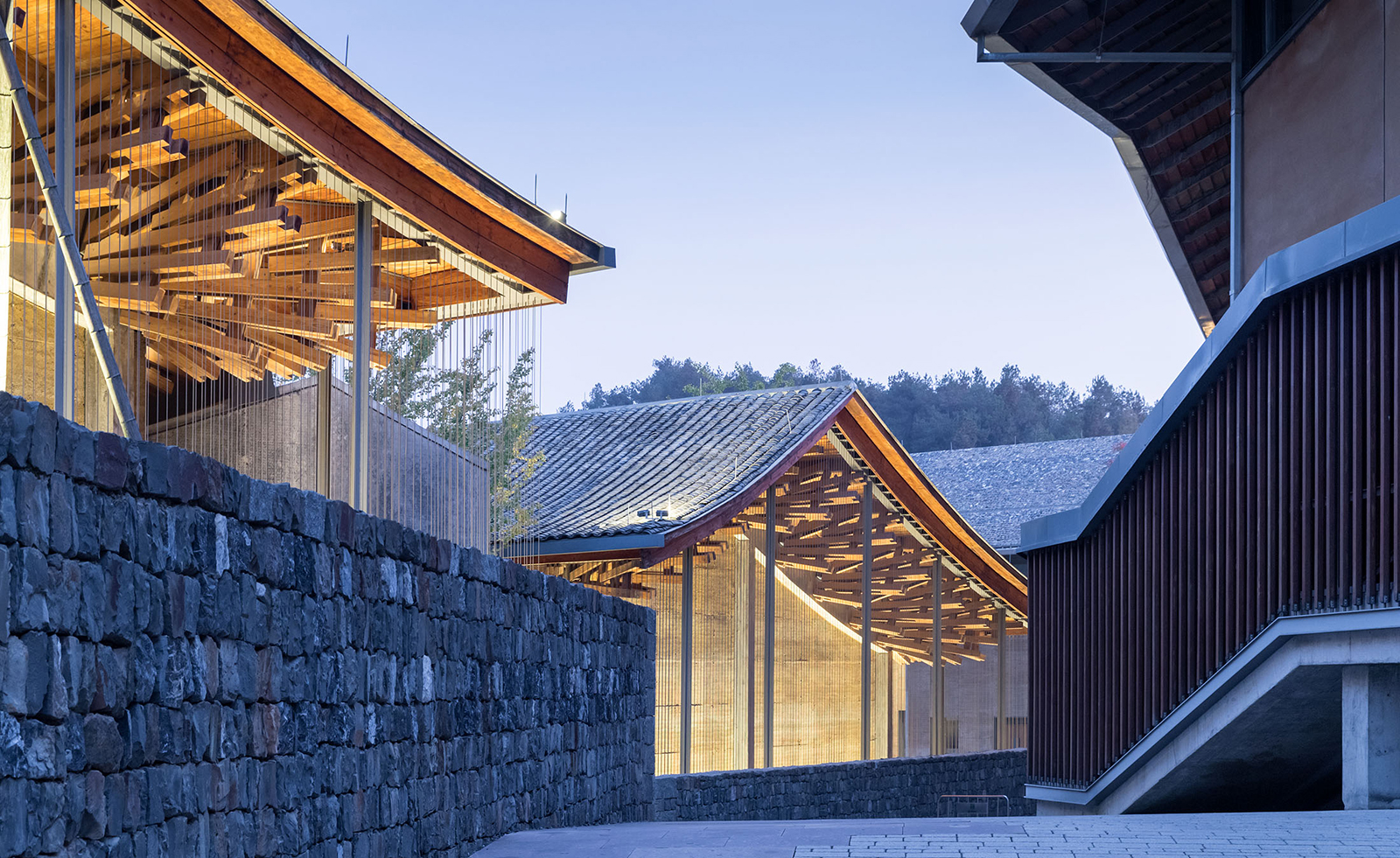 Wang Shu and Lu Wenyu to curate the 2027 Venice Architecture Biennale
Wang Shu and Lu Wenyu to curate the 2027 Venice Architecture BiennaleChinese architects Wang Shu and Lu Wenyu have been revealed as the curators of the 2027 Venice Architecture Biennale
-
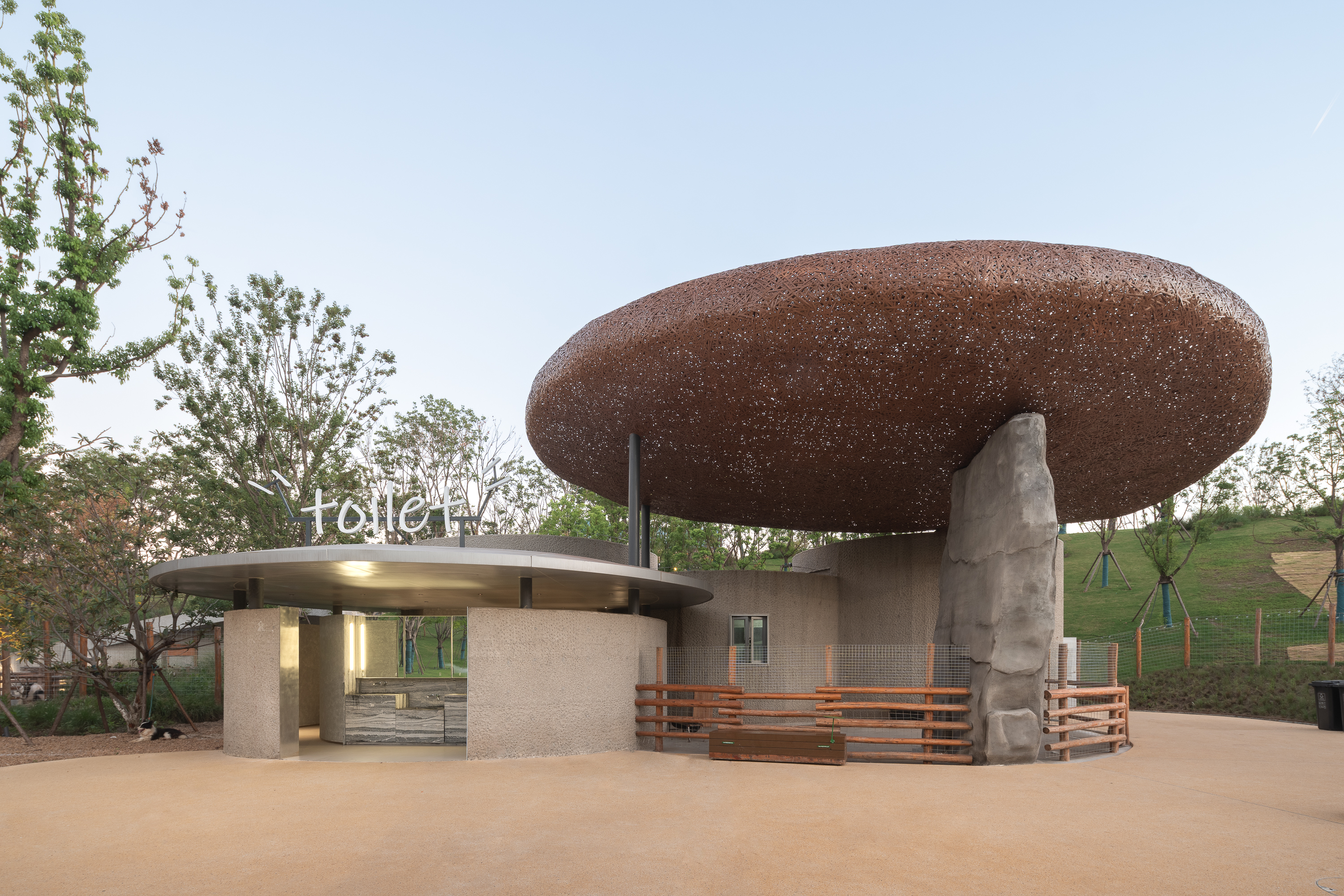 Tour this Chinese eco-farm, an imaginative wonderland connecting visitors with nature
Tour this Chinese eco-farm, an imaginative wonderland connecting visitors with natureLuxeIsland Farm by Various Associates is an eco-farm and visitor attraction in China’s picturesque Wuhan region; take a stroll across its fantastical landscape
-
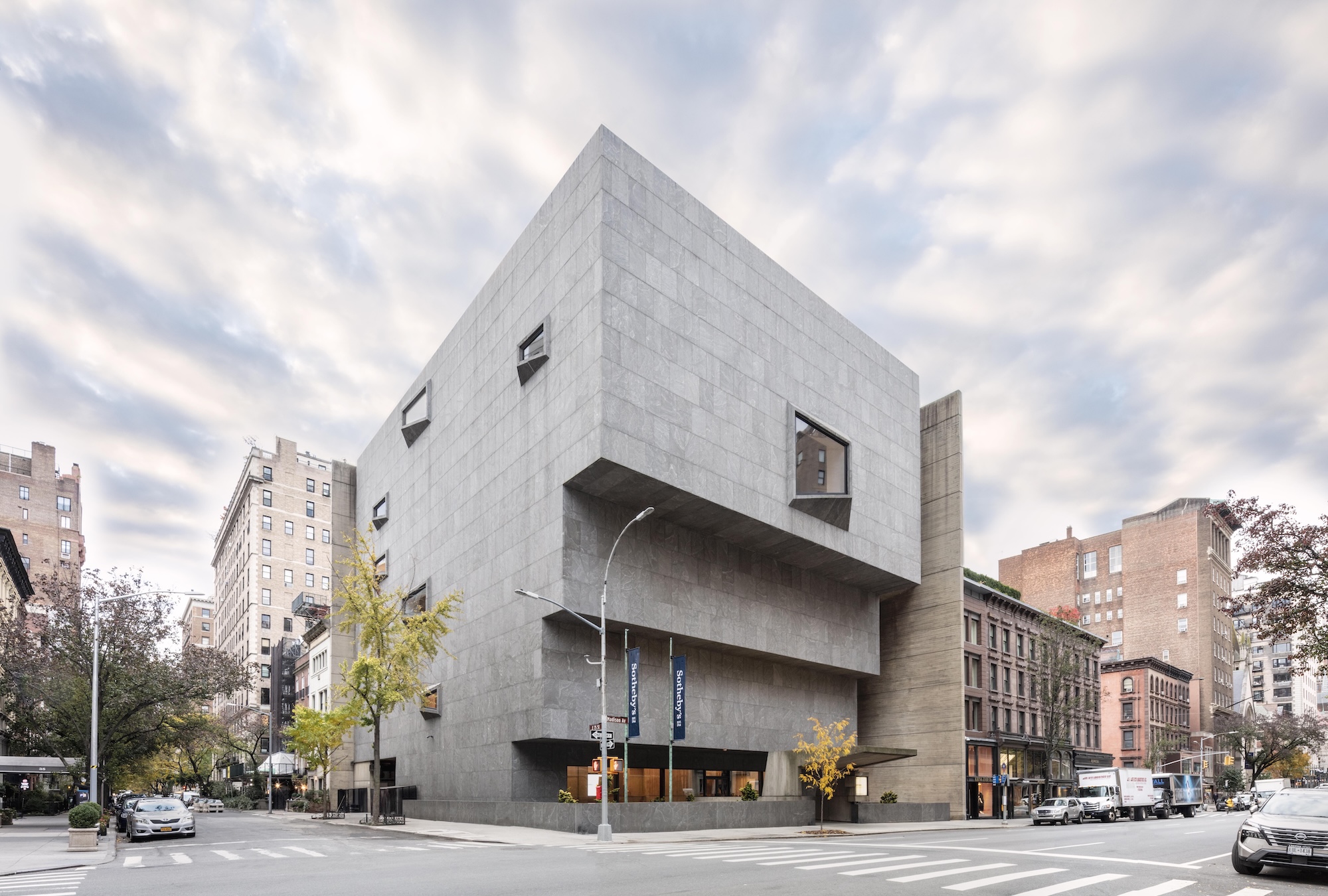 New York's iconic Breuer Building is now Sotheby's global headquarters. Here's a first look
New York's iconic Breuer Building is now Sotheby's global headquarters. Here's a first lookHerzog & de Meuron implemented a ‘light touch’ in bringing this Manhattan landmark back to life
-
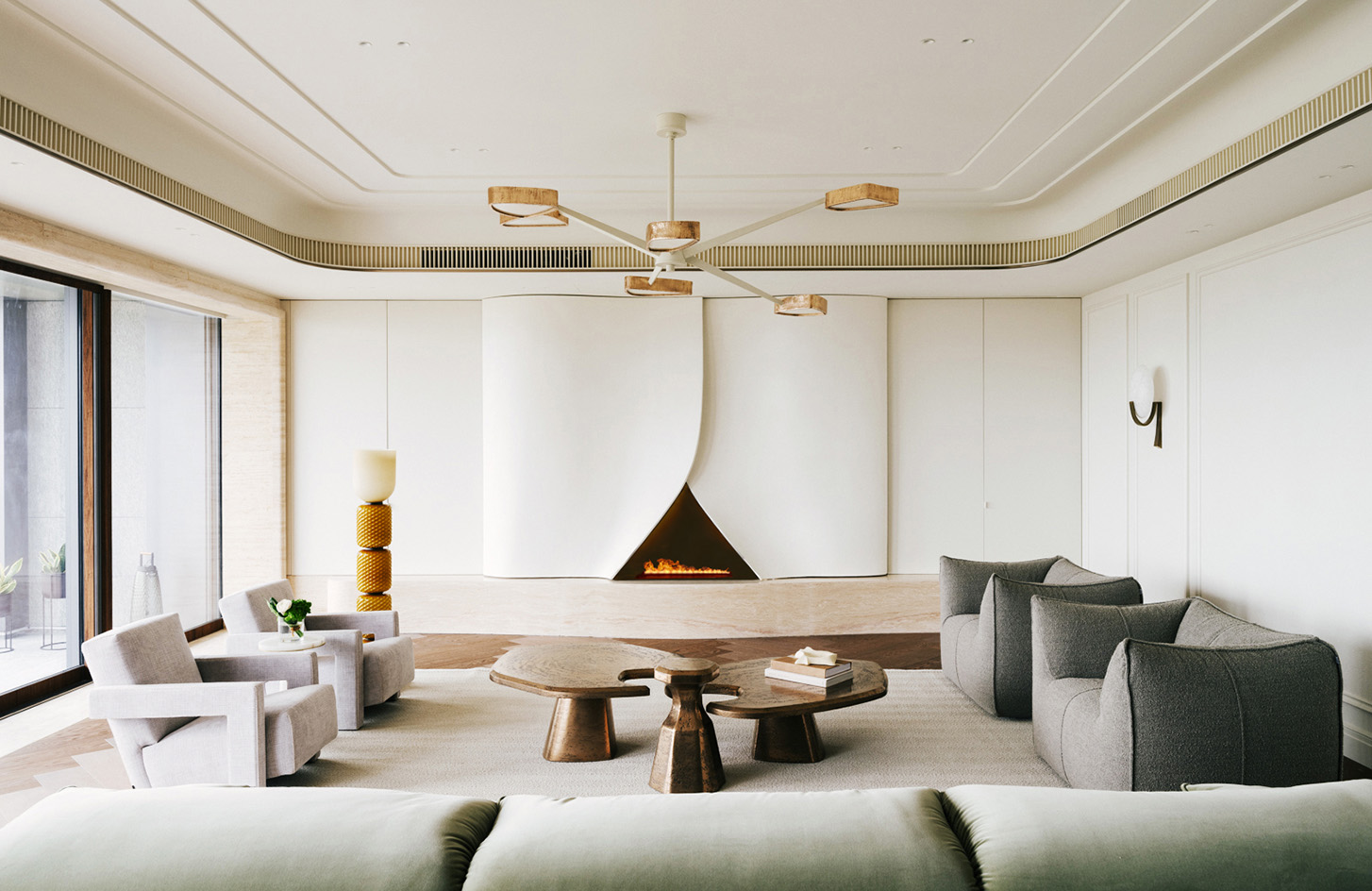 Tour Mountain Residence’s refined ‘interior landscape’ in Hong Kong
Tour Mountain Residence’s refined ‘interior landscape’ in Hong KongMountain Residence is a serene, multigenerational family home, nestled on Kowloon’s Mount Beacon in Hong Kong and designed by Nelson Chow
-
 Honouring visionary landscape architect Kongjian Yu (1963-2025)
Honouring visionary landscape architect Kongjian Yu (1963-2025)Kongjian Yu, the renowned landscape architect and founder of Turenscape, has died; we honour the multi-award-winning creative’s life and work
-
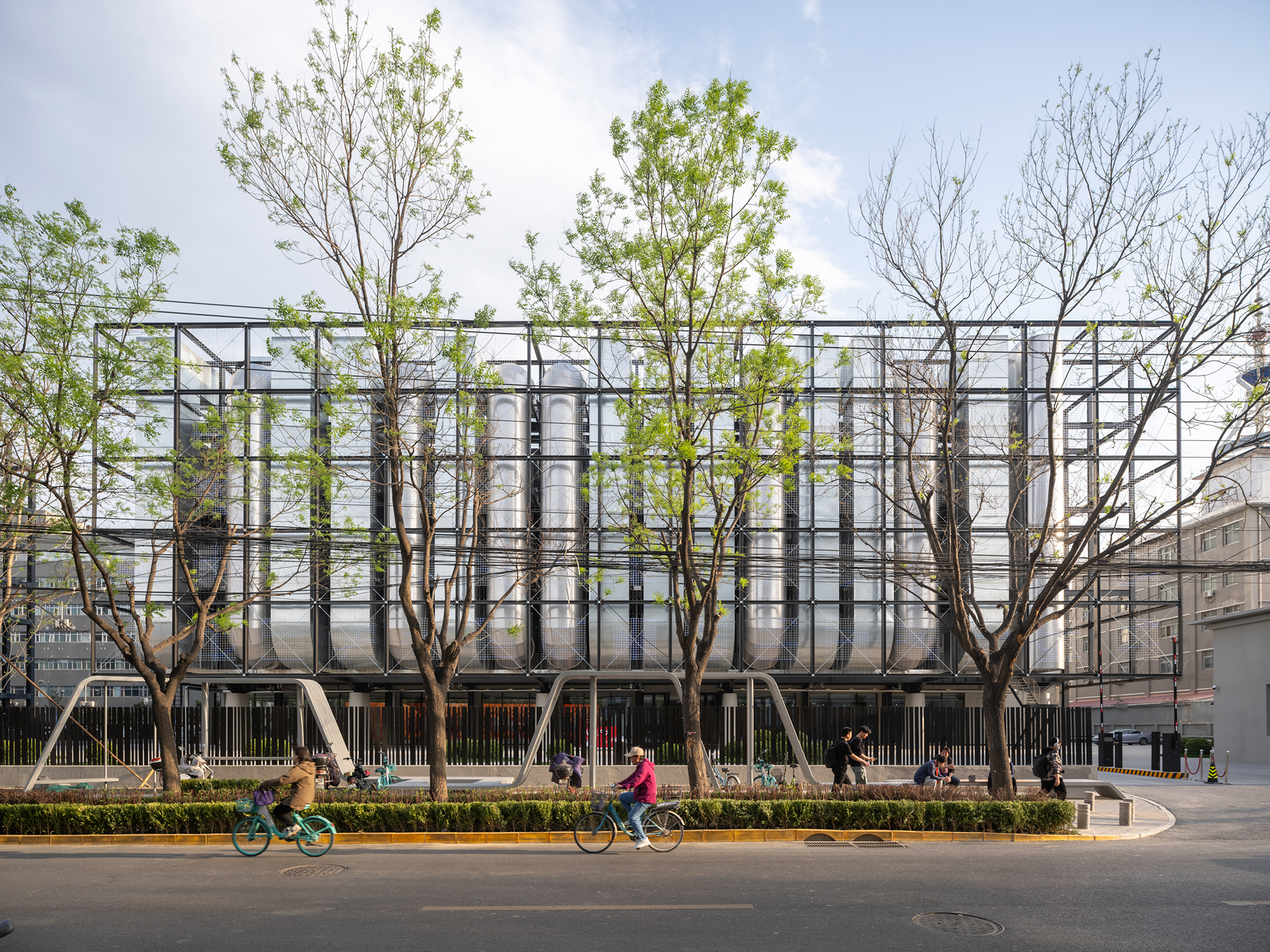 A new AI data centre in Beijing is designed to evolve and adapt, just like the technology within
A new AI data centre in Beijing is designed to evolve and adapt, just like the technology withinSpecialised data centre Spark 761, designed by llLab, is conceived as a physical space where humans and AI technology can coexist
-
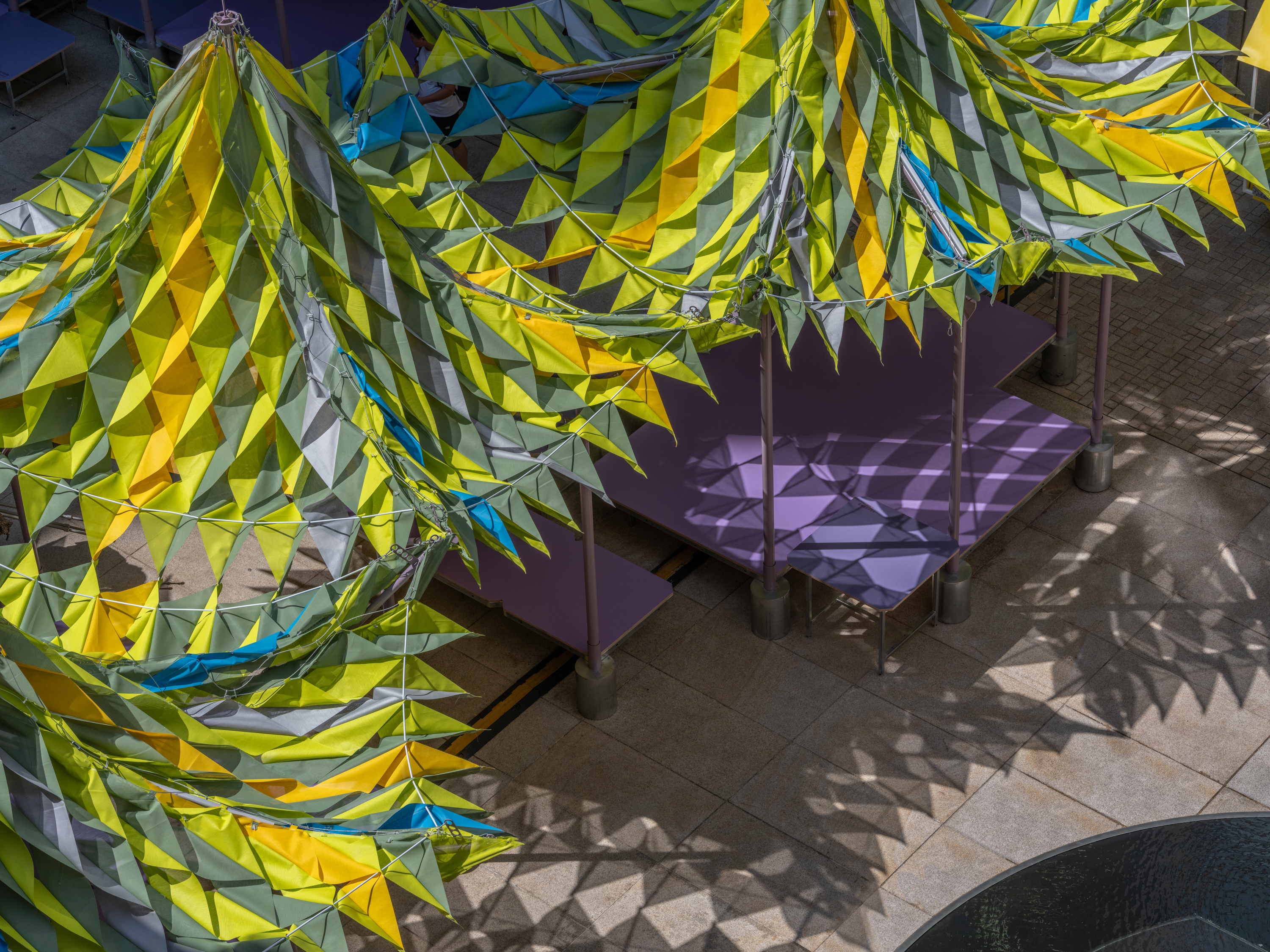 Shanghai’s biennial, RAMa 2025, takes architectural exploration outside
Shanghai’s biennial, RAMa 2025, takes architectural exploration outsideRAMa 2025, the architecture biennial at Rockbund Art Museum in Shanghai, launches, taking visitors on a journey through a historic city neighbourhood – and what it needs